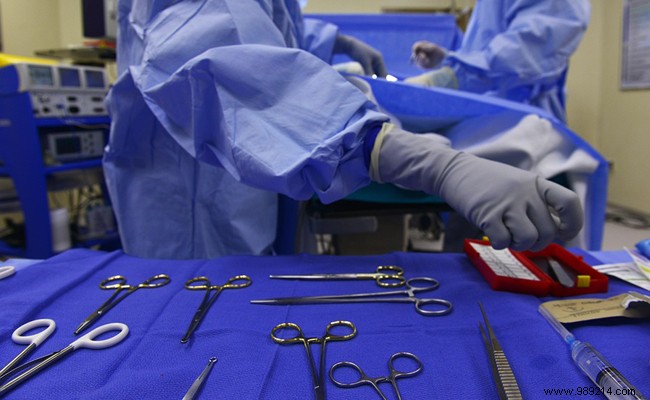The sterilization of medical equipment, that is to say the operation which consists in destroying all micro-organisms potentially dangerous to health such as bacteria, viruses or even fungi, is a guarantee of safety on the one hand for patients but also for health professionals who use this equipment regularly.

Sterilization helps prevent the transmission of healthcare-associated infections that can be serious. This operation, which guarantees safe medical acts, is governed by very specific European and French directives. Depending on the health actors and their particular needs, there are different types of sterilization of medical equipment.
All healthcare professionals, from surgeons to dentists, including general practitioners and nurses, must ensure their patients, as well as themselves, impeccable hygiene of their medical equipment to avoid the transmission of diseases and diseases as much as possible. of infections. Healthcare-associated infections are those that occur at the start or end of a patient's care by a healthcare professional during diagnosis, preventive care, therapy or treatment. 'an operation. Those contracted in a healthcare facility are called nosocomial infections. The factors at the origin of these healthcare-associated infections can be the environment in which the care is delivered, the quality of the procedures, the equipment used and the patient's state of health.
In order to avoid any transmission of bacteria by medical equipment, health actors must comply with very specific European and French standards and directives in terms of disinfection and sterilization. All stages of the sterilization of medical equipment must follow specific procedures and also be traceable to ensure maximum safety.
If disinfection destroys a large part of the micro-organisms that can be the cause of illnesses and infections for the patient, sterilization goes further by destroying both anti-microbial agents and microbial bodies. Sterilization is essential for all medical instruments (syringes, needles, dental care equipment, surgical equipment, etc.) used for procedures that affect the skin and tissues. It is a process that is sustainable, unlike disinfection, if the material is kept in a state of sterility in suitable packaging.
Whatever the method of sterilization adopted, the medical equipment must be carefully cleaned, brushed and passed if necessary in a chemical disinfectant beforehand to remove all the substances likely to be infected such as pus or blood for example.
Steam sterilization uses an autoclave, a kind of pressure cooker that uses high temperature steam, combined with high pressure, as a sterilant, in which medical equipment and clothing are inserted. High pressure steam has the property of killing micro-organisms and infectious biological materials such as bacteria, viruses or fungi. This method is the reference method in the hospital environment. It is the fastest and most reliable. Thanks to autoclaves that come in several sizes, sterilization by saturated water vapor is also ideal for dentists and general practitioners.
This method is practiced using a hot air sterilizer, called a poupinel. It is used for all medical equipment that cannot come into contact with water vapor (chrome-plated instruments, certain glass or non-stainless steel equipment).
This type of sterilization by ethylene oxide gas is used for medical equipment that cannot withstand high temperatures, such as that which is coated with plastic material or equipped with electronic components.